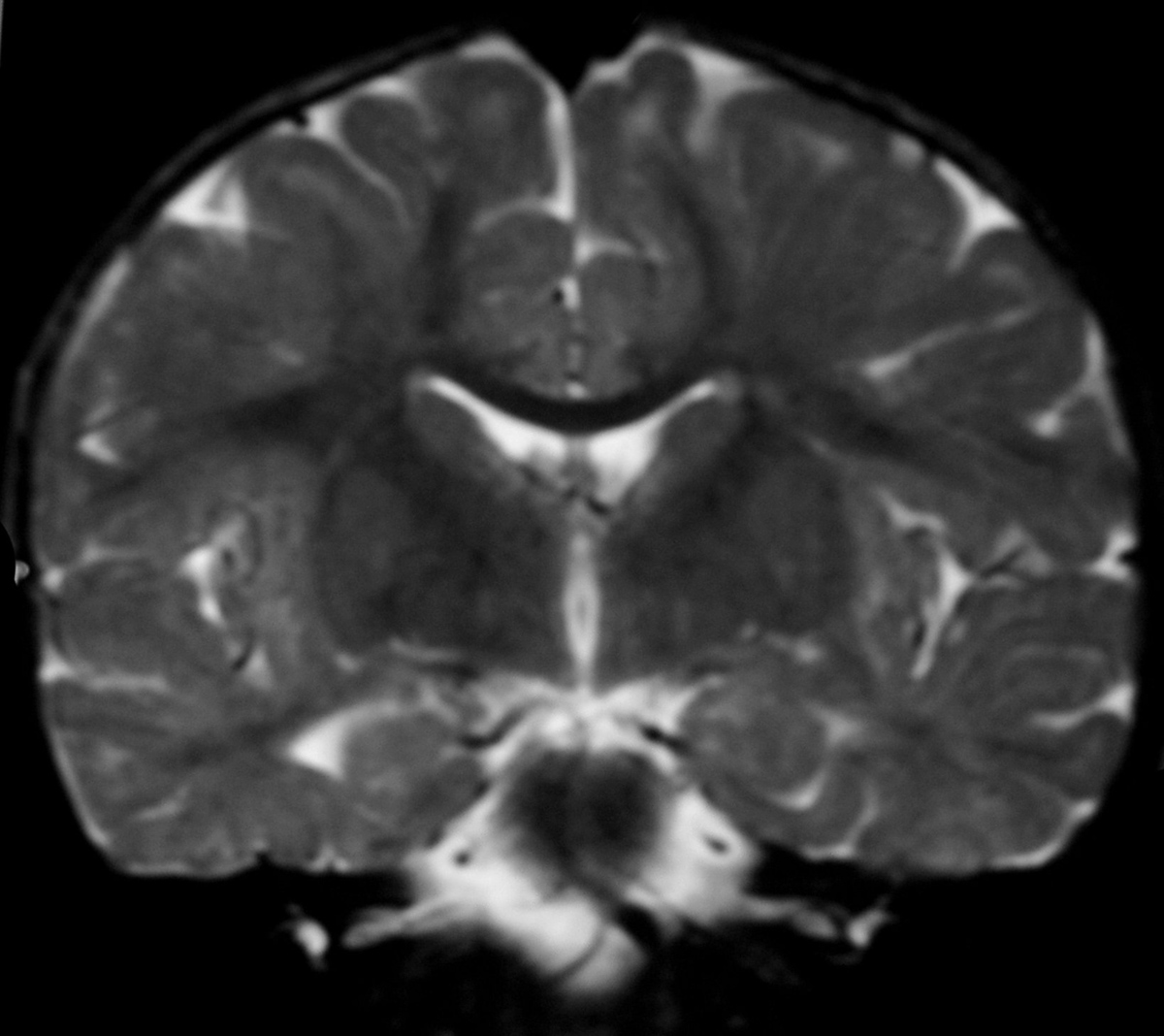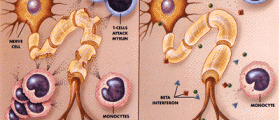
Canavan disease is an inherited disorder caused by mutation in the ASPA gene. The disease is also called the ASPA deficiency, ACY2 deficiency or Aspatoacylase deficiency. Canavan disease was named after Myrtelle Canavan who first described the disorder. Canavan disease is a birth disorder that belongs to a group of genetic disorders called leukodystrophies and they are passed from parents carrying defect genes to their infant. Canavan disease causes progressive damage to the nerve cells in the brain. In this disease the white matter of the brain degenerates into spongy tissue and the insulator, known as myelin sheath around the nerve fibers in the brain and fluid develops improperly.
Causes of Canavan DiseaseCanavan disease is an autosomal recessive disorder. ASPA gene responsible for Canavan disease is located on chromose 17. This gene is normally in charge of production of Aspartoacylase enzyme. Deficiency of the enzyme leads to build up of the brain molecule N-acetyl aspartate, which interferes with growth of the myelin sheath. Impaired growth of the myelin sheath affects transmission of nerve impulses through the nerve fibers and leads to other complications. Canavan disease may occur in people of all ethnic backgrounds but it is most commonly seen in people of Askhenazi Jewish ancestry from Eastern Europe, western Russia and Saudi Arabia.
Symptoms of Canavan Disease
Symptoms of Canavan disease appear in early infancy and than progress rapidly. Common symptoms of the disease include mental retardation, difficulties related to feeding and swallowing and weak muscle tone (hypotonia). Affected child has a delay in motor skills like turning over, sitting without support and controlling the head movement which is due to megalocephaly, an abnormally big head and lack of normal muscle tone in the neck. Previously acquired motor skills are loss. Children with Canavan disease commonly have vision problems that may sometimes result in complete blindness. Hearing loss also occurs. Canavan disease causes flexion of arms and hyperextension of legs. Paralysis may occur as well.
Diagnosis of Canavan DiseaseCanavan disease can be diagnosed with prenatal testing and blood tests. When the both parents carry defect genes there is 25% chance their child will be affected by Canavan disease. In such case, DNA testing can be used to identify the disorder in their fetus. NAA levels in amniotic fluid can be also measured. Post natal diagnostic tests involve medical imaging, genetic testing and blood test of the newborn.
Treatment of Canavan DiseaseCanavan disease is incurable. The affected children usually die in childhood, before the age of 4 but sometimes they may reach adolescence. Treatment for the disease is supportive and symptomatic. It includes gene therapy where functional ASPA genes are introduced into the brain to promote production of aspartoacylase enzyme. Physical and occupational therapies are also included.

















Your thoughts on this
Loading...